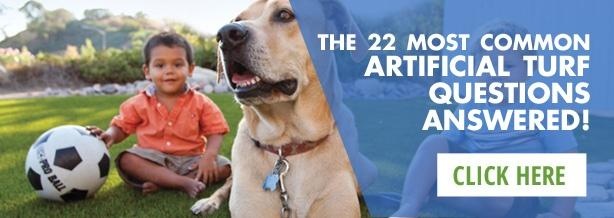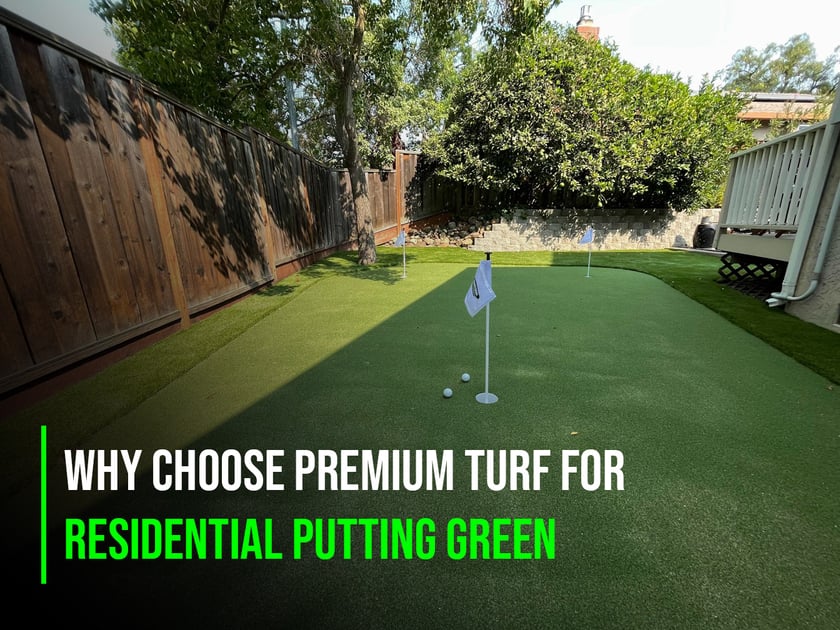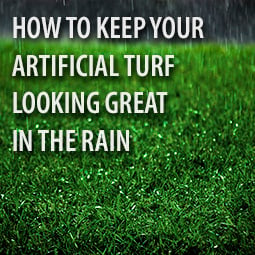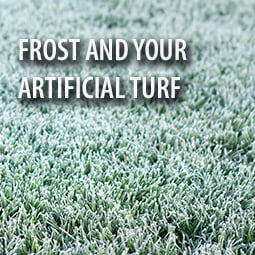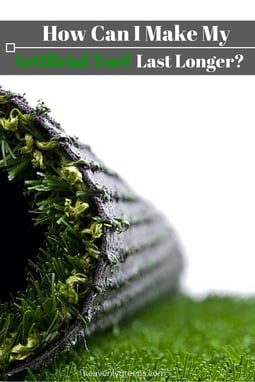 Artificial turf is manufactured with materials that make it long lasting and extremely durable. With proper care and maintenance, your turf can last up to 25 years or longer without having to be repaired or replaced. There are a few things you can do, however, to ensure you get the most out of your artificial grass.
Artificial turf is manufactured with materials that make it long lasting and extremely durable. With proper care and maintenance, your turf can last up to 25 years or longer without having to be repaired or replaced. There are a few things you can do, however, to ensure you get the most out of your artificial grass.
Proper Care and Maintenance
Even though artificial grass requires little to no care, there are a few things you can do to make sure it looks and feels its best at all times. If you have pets and children who are constantly running back and forth, one of the main things you can do is to make sure the seams remain in tact. In most cases, the seams are not noticeable. Over time, however, the fabric can loosen and start to raise along the edges. Make sure the seams and edges remain securely fashioned so the edges do not come loose and begin to wear. If you have dogs that attempt to dig on the lawn, make sure that the mesh is not moved or shifted in the areas where they tend to try and bury things.
Avoid Using Harsh Chemicals
Avoid using harsh chemicals on or near the turf. This includes things like gasoline, turpentine, paint or any other toxic chemicals. Harsh chemicals can stain or discolor the blades of the grass. In some cases, it can weaken the fabric causing it to fray, rip or tear. Harsh chemicals may also soak into the fabric, making it extremely hard to clean them up. If you must use any type of chemical, lay a drop cloth or large tarp to catch any spills or messes you may create.
Remove Tree Limbs and Other Yard Debris
Tree limbs and sticks can have extremely sharp ends that will cut and poke the mesh. Anything that penetrates through the mesh itself, can damage the fabric severely enough that it may eventually have to be repaired. Making sure all types of lawn debris are quickly removed from the yard can easily prevent this type of damage. If you see tree limbs or branches laying on the ground, pick them up before they begin to break apart. Don't step on them or allow them to break.
Hose It Down
Artificial turf does not require water for growth. In fact, it will save millions of gallons of water over the span of its lifetime. The one thing it does require, however, is to be rinsed thoroughly at least once a month. This accomplishes several things. First and foremost, it eliminates any residue from pet waste from remaining in place and creating odors. If pet waste is left on the artificial turf, not only will it begin to smell, it can also stain and discolor the fabric of the turf.
Secondly, a good watering will knock down the dust that can be kicked up as children and pets play on the turf. Certain types of infill, like sand and gravel, can produce an abundance of dust. This type of dust can also be kicked up if a dog or cat attempts to dig or root through the turf.
Fluff It Up
Over time, the infill can become compacted causing the blades of grass to flatten or become matted down. Using a soft-tined rake and brushing the blades back into place will keep the lawn looking its best. A stiff rake can be used to break up the infill as long as great care is taken not to work to deeply and damage the fabric of the lawn. Depending on the level of foot traffic, this may only need to be done once or twice a year.